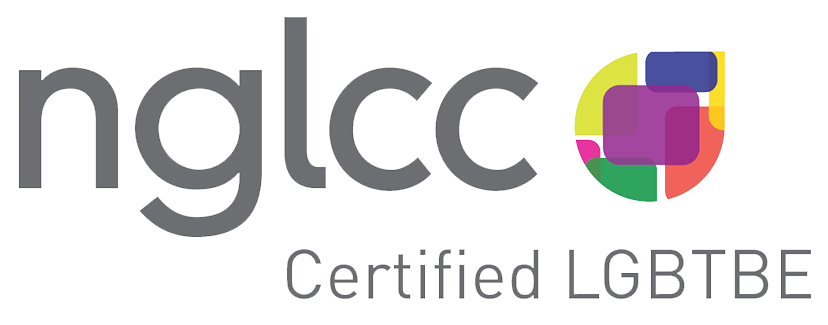Where would you like to stay?
Select number of bedrooms
Add dates
Explore San Francisco | December 9, 2025
San Francisco
Where a city full of character meets a unique outdoor landscape, you will discover San Francisco and all that it has to offerExploring the Bay Area is made easy with access to the all-encompassing SMFTA, Muni transit system that connects the entire city, public cable cars, and an incredibly bike-friendly city.
DiningLocated in one of the nation’s most viable landscapes and noted as a cultural melting pot, diners here can expect fresh seafood, vibrant flavors derived from nature, and diverse dishes, all prepared by world-class chefs
Presidio Social Club563 Ruger Street, San Francisco, CA 94129
John’s Grill63 Ellis Street, San Francisco, CA 94102
Birdsong1085 Mission Street, San Francisco, CA 94103
Mister Jiu’s28 Waverly Place, San Francisco, CA 94108
ShoppingFrom internationally famous luxury department stores to the abundance of locally made artisan items, San Francisco offers never-ending options when it comes to high-quality, unique fashion, home décor, and art pieces.
Union SquareGeary Street, San Francisco, 94102
The Ferry Building1 Ferry Building, San Francisco, CA 94111
The ArtsThe culture of San Francisco is highly diverse in terms of arts, music, cuisine, festivals, museums, and architecture, but also is influenced heavily by Mexican culture due to its large Hispanic population. Institutions such as the SFMOMA, the De Young Museum, the Asian Art Museum, and the California Academy of Sciences, are must-visit destinations for all.
SFMOMO151 3rd Street, San Francisco, CA 94103
RecreationWith hundreds of parks in San Francisco, there’s no shortage of activities. Enjoy beaches, hills, impressive man-made architecture, or natural wonders guaranteed to enhance your San Francisco visit.
Golden Gate Park501 Stanyan Street, San Francisco, CA 94117

Furnished Quarters is the premier supplier of short-term housing and an accredited LGBTQ+ diverse, privately owned and operated company.
General Inquiry
(800) 221-2808info@furnishedquarters.comSales Inquiry
corporatesales@furnishedquarters.com© 2025 Furnished Quarters, LLC. All Rights Reserved.



